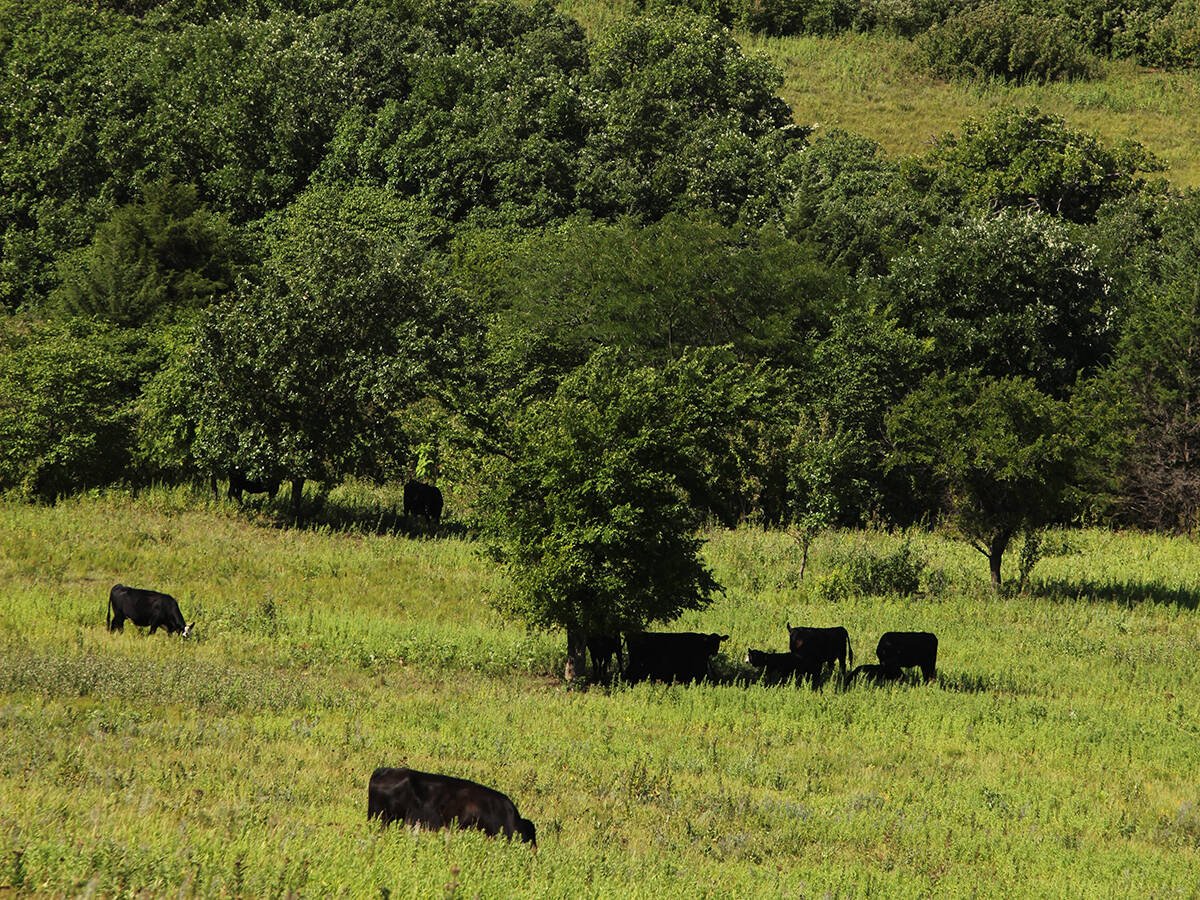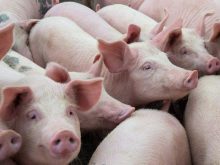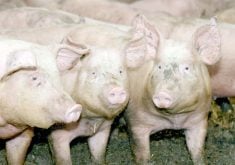RED DEER Ñ The Canadian cattle herd continues to grow for all the wrong reasons.
As of Jan. 1, the inventory increased by three percent, resulting in a herd of 15.1 million compared to 14.6 million in 2004. The cow herd is now at 5.3 million head.
“It was no big surprise given the circumstances,” said market analyst Anne Dunford of Canfax at the Alberta beef industry conference held in Red Deer Feb. 19.
The American herd increased by one percent, said Duane Lenz, analyst with the market firm Cattlefax.
Read Also

Beef cattle more prone to trace mineral deficiencies
The trace mineral status of our cows and calves is a significant challenge for western Canadian producers and veterinarians.
While the Canadian cow herd gets older because there is no market for mature beef, fewer heifers have been retained for breeding and instead went to slaughter. In Alberta, for example, 13 percent more heifers were killed than last year because it is more profitable to sell them for beef than to keep them for breeding.
In 2004, 69 percent of the available heifers were slaughtered.
The cow cull rate in 2003 was five percent and 3.5 percent in 2004.
“We suspect it will be a long time before we get back to the 10-11 percent culling rate,” Dunford said.
Western Canada saw the most growth in the national cow numbers, according to the Statistics Canada livestock report released Feb. 17.
The Saskatchewan herd grew by 6.5 percent, resulting in three million cattle in all classes. Manitoba’s inventory rose by 4.1 percent to 1.5 million and Alberta advanced 4.5 percent for a total of 5.9 million head. Quebec, at 1.4 million head and Ontario at 2.1 million saw slight declines from last year.
The majority of production, from birth to slaughter, continues in Alberta.
Between 1998-2002, Alberta feedlots finished 2.5 million head. That figure dropped to two million in 2003 because of the inability to move cattle and rock-bottom prices. However the feedlot turnover rose to 2.3 million last year and is expected to return to 2.5 million in 2005.
In addition, there are 5.28 million head outside feedlots across the country compared to 2003-04 when there were 4.5 million.
With improved calf prices, some movement to feedlots is anticipated. Alberta prices for fed steers are trending upward as the date moves closer to March 7 when live trade to the United States is expected to resume.















